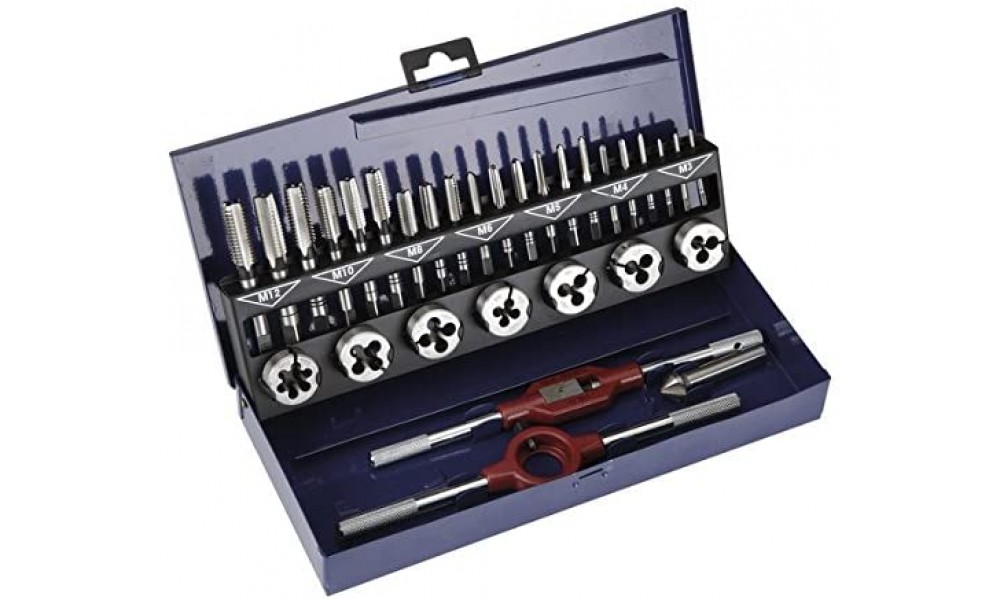In the ever-evolving landscape of manufacturing and engineering, precision and timing are more critical than ever before. Within this intricate world, where threaded components are the backbone of countless mechanical systems, the sourcing of thread gauges and thread taps is a pivotal task. These precision instruments play an indispensable role in ensuring that threaded components meet exacting standards. Yet, the timing of sourcing these tools is a strategic consideration that can significantly impact a company’s production efficiency and cost-effectiveness.
At the heart of any effective sourcing calendar lies demand forecasting and planning. Businesses must have a clear understanding of their production schedules and the projected demand for threaded components. This requires close collaboration between production teams, engineers, and procurement specialists. By accurately forecasting demand, businesses can avoid last-minute rushes and ensure that they source the required Metric thread tap and thread gauge supplies.
Every supplier has its lead times for delivering thread gauges and thread taps. Understanding these lead times is crucial in developing a well-timed sourcing calendar. Businesses should not only consider the lead times but also factor in potential delays. Additionally, it is essential to assess the capacities of suppliers. Some suppliers may have limitations in terms of the quantity they can deliver within a specific timeframe. Evaluating lead times and capacities helps in setting realistic timelines for sourcing.
Certain industries experience fluctuations in demand and production based on seasonal trends. Manufacturers should be aware of these patterns and adjust their sourcing calendars accordingly. For example, the automotive industry often experiences higher demand during certain seasons, impacting the need for thread plug gauges and thread taps. Adapting to these industry trends can help businesses optimize their sourcing timing.
Establishing strong relationships with suppliers can be an asset in timing sourcing effectively. Suppliers who have a clear understanding of a business’s production cycles and timelines are more likely to accommodate specific sourcing schedules. By maintaining open communication and fostering trust, businesses can secure timely deliveries and even gain priority access during high-demand periods.
Buffer stocks can act as a safety net in the event of unexpected delays or spikes in demand. By maintaining a reasonable buffer stock of thread gauges and thread taps, businesses can bridge gaps and prevent production disruptions. Contingency planning should also include identifying alternative suppliers or sources in case the primary supplier faces unexpected issues.
Leveraging technology and automation can enhance the efficiency of sourcing calendars. Inventory management software can help monitor stock levels, lead times, and reorder points. Automation can trigger orders when stock reaches predetermined thresholds, ensuring a seamless flow of essential tools into the production process.
Sourcing calendars should also align with cost considerations. Ordering thread gauges and thread taps in bulk during supplier promotions or off-peak periods can lead to cost savings. However, businesses must balance cost savings with the need for adequate storage space and the risk of tying up capital in excess inventory. Businesses must ensure that their sourcing calendar allows ample time for quality checks and compliance with industry standards.




